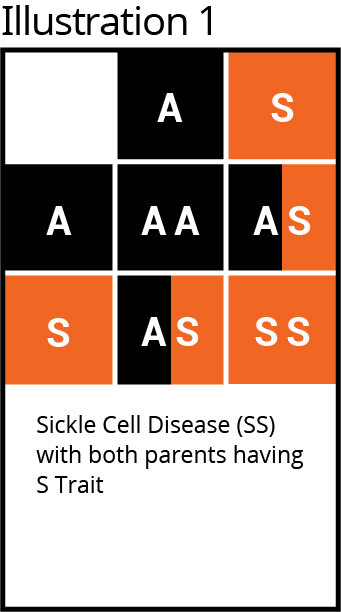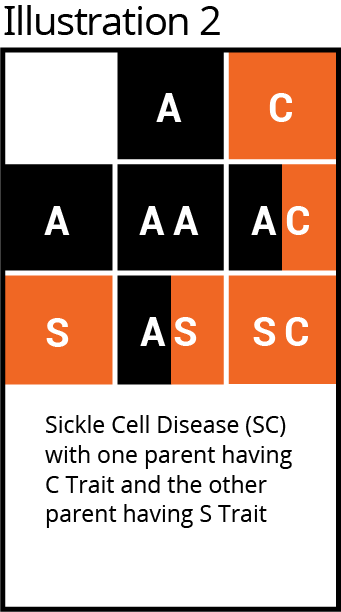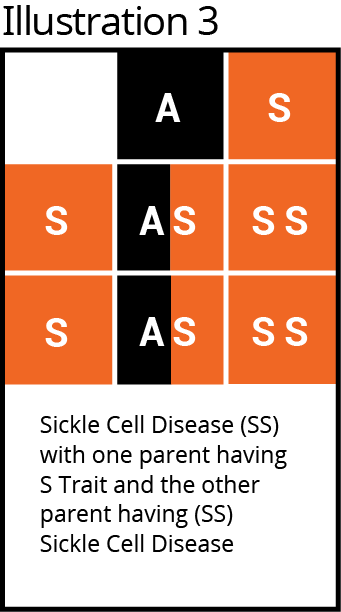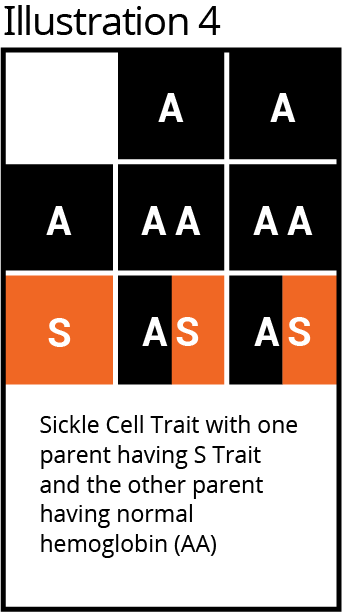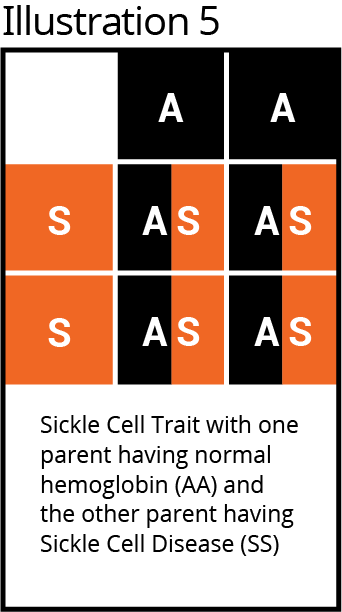At high altitudes with low oxygen, there can be sickling within the spleen causing pain in the upper left side of the abdomen and sometimes nausea. Splenic infarcts are a separate problem and not related to exertional rhabdomyolysis. Splenic infarcts can be serious and need to be evaluated, they do not always require treatment but can lead to serious problems such as splenic rupture with significant blood loss and other less common complications. With exercise at a high altitude, a splenic infarct can occur in anyone who has sickle cell trait. Flying in commercial pressurized airplanes does not pose a problem as long as there is good hydration.
Besides the risk of exertional rhabdomyolysis and splenic infarction at high elevations with exercise, there is an increased risk of some other medical problems such as chronic kidney disease – which can occur in adults. There is a slight increase in blood clots (embolism) in the extremities and lungs particularly during surgery, and an extremely rare type of kidney cancer called renal medullary carcinoma.

